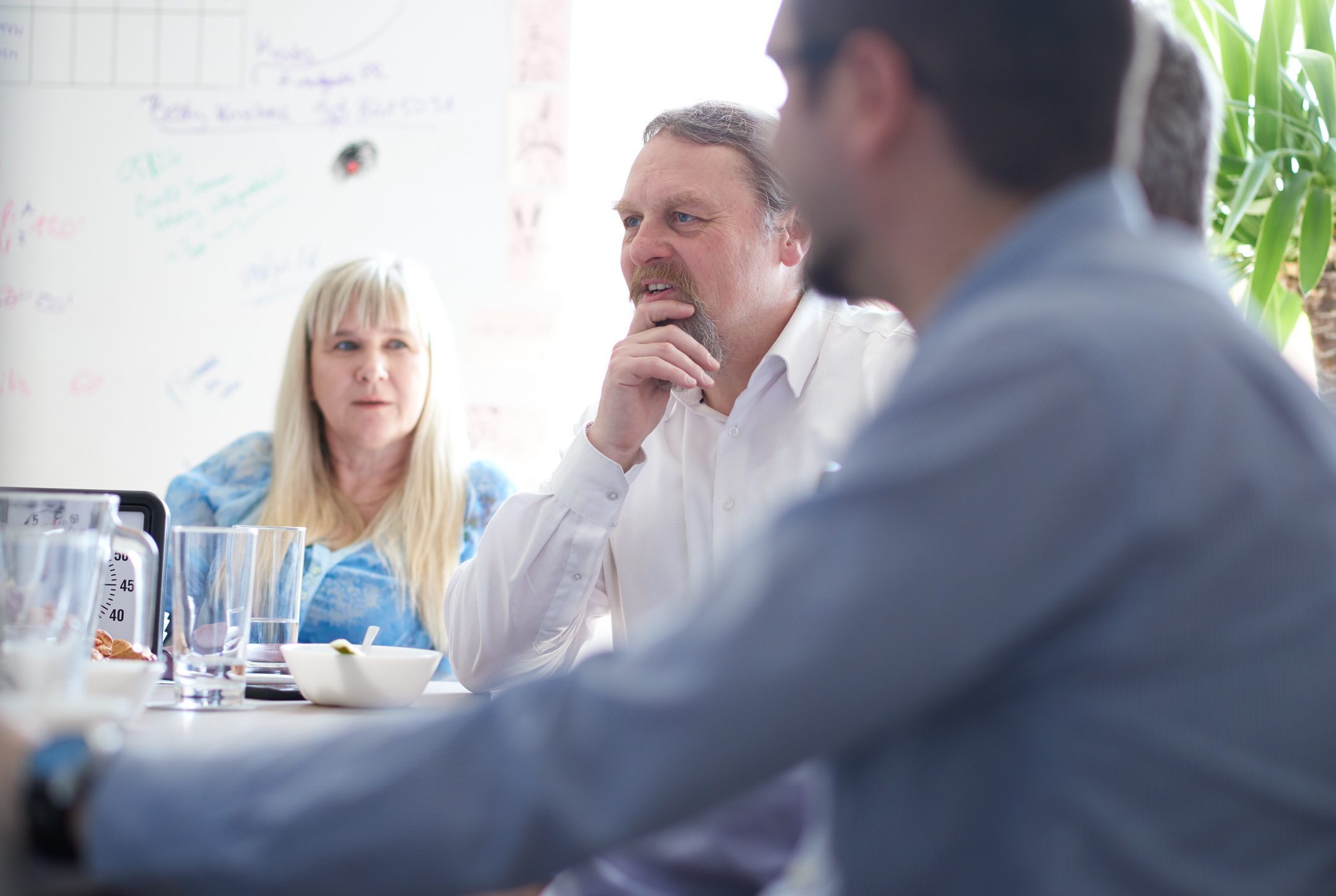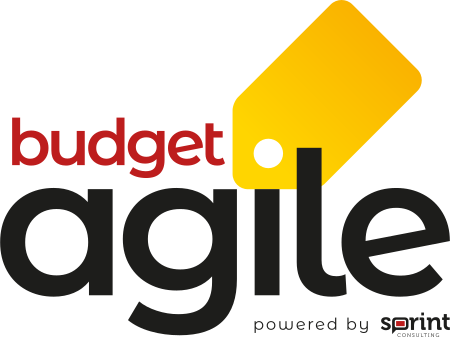our mission is to always deliver
the best Agile to make you exceptional





TRAINING MAP
We regularly organize courses in various locations.
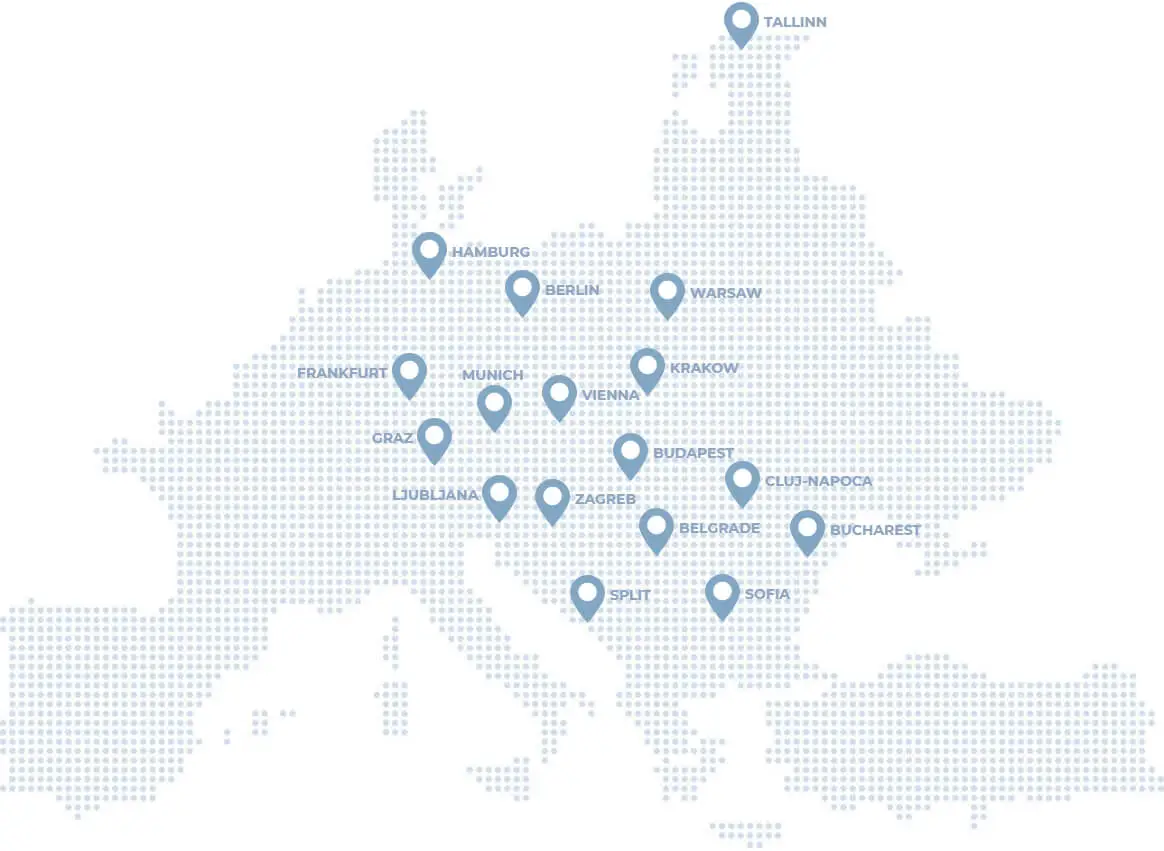
WORLDWIDE
We have client assignments worldwide
Hungary | Austria | Belarus | Belgium | Bulgaria | Brazil | Croatia | Denmark | France | Germany | Netherlands | Norway | Poland | Portugal | Romania | Russia | Serbia | Slovakia | Spain | Sweden | Thailand | Ukraine | United Kingdom | USA
Mary Poppendieck – The Scaling Dilemma – Optional Conference
Linda Rising – The Power of an Agile Mindset – Optional Conference
Agilitás a hétköznapokban
NUMBERS
A service provider is often judged by numbers. Have a look at ours accomplished on client projects
LATEST BLOG POSTS
SOME OF OUR CLIENTS



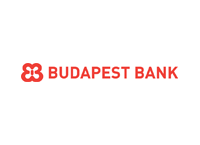


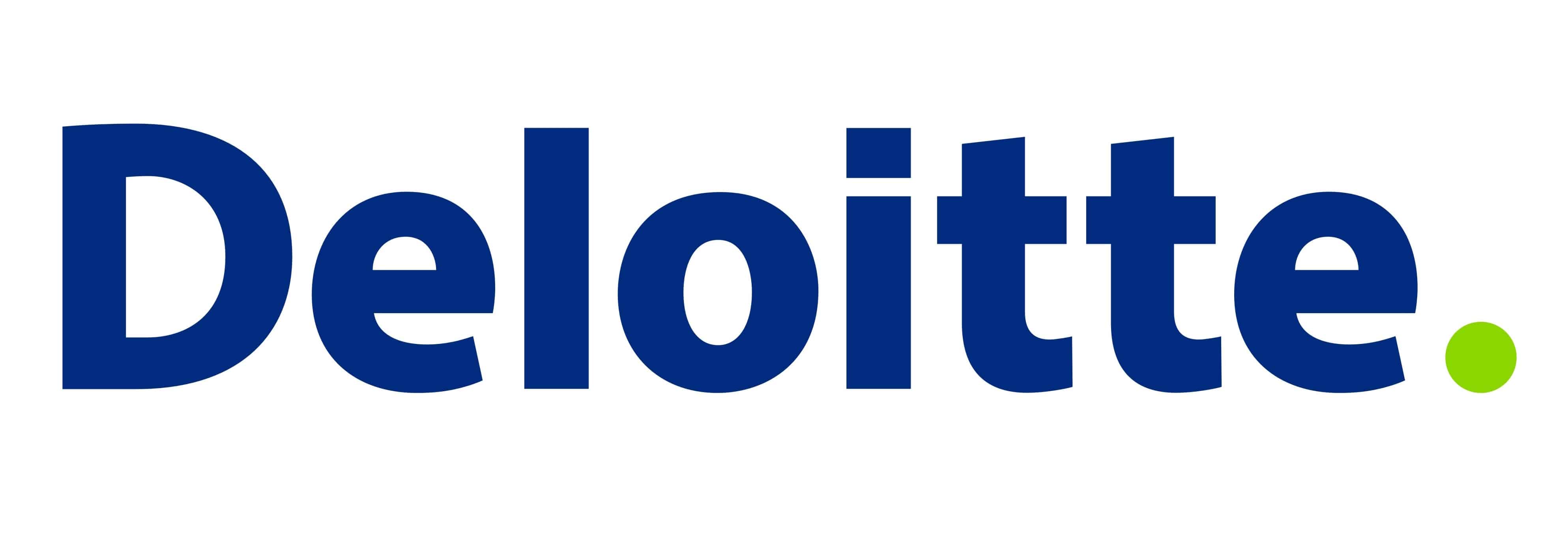
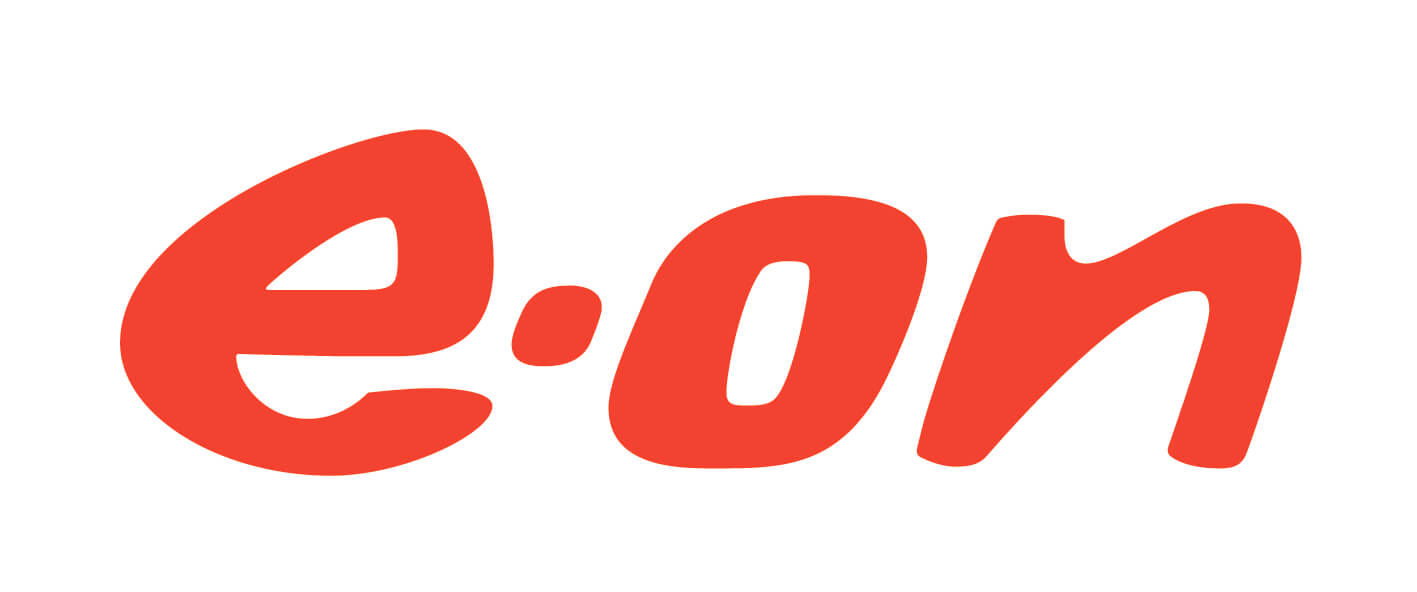
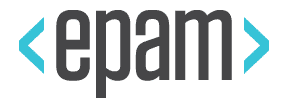
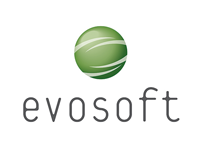
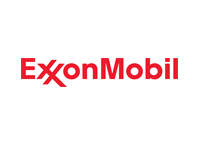

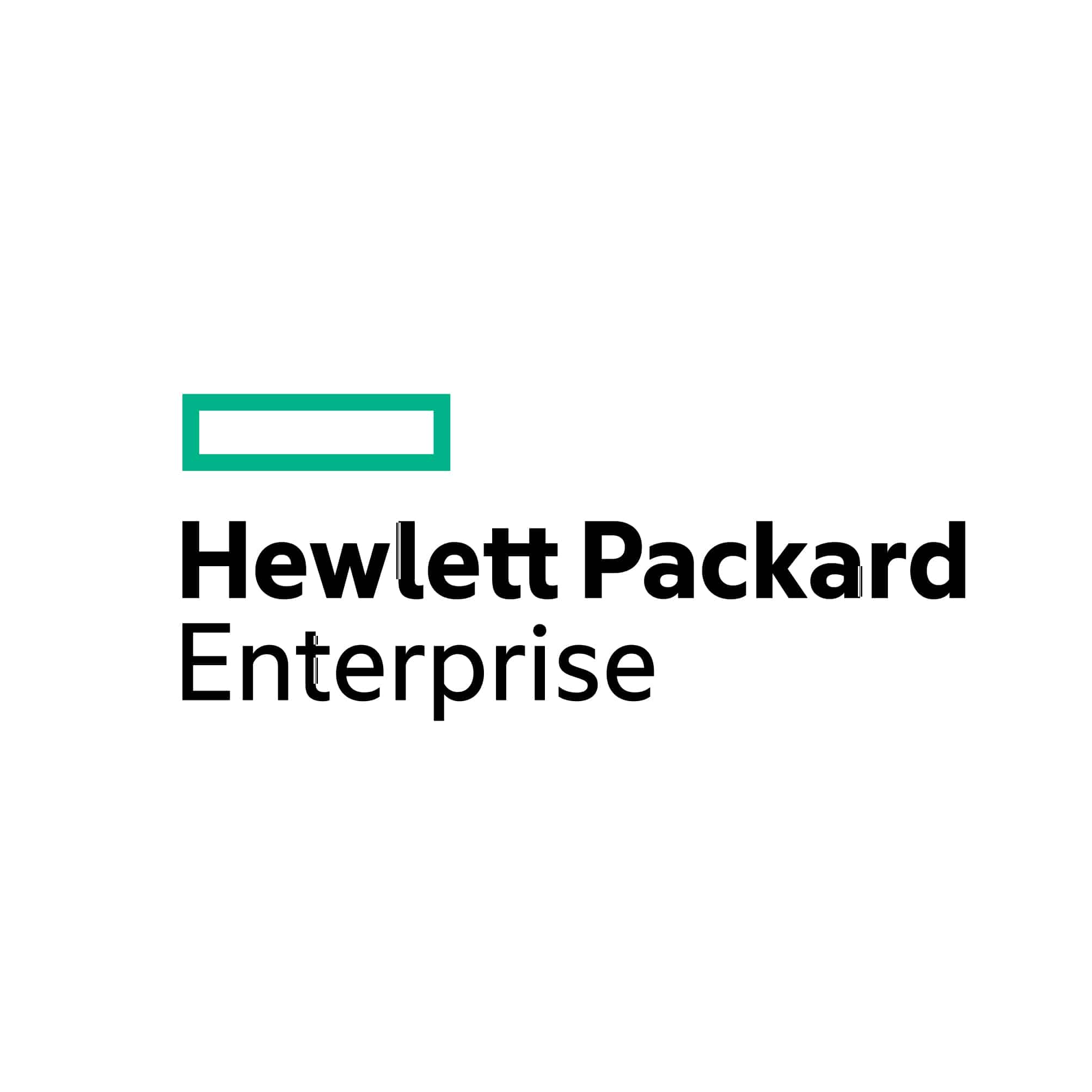
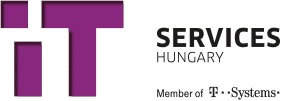

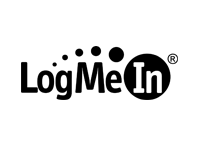
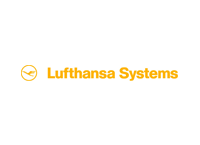


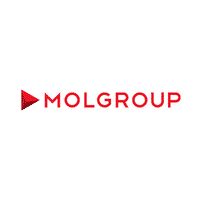

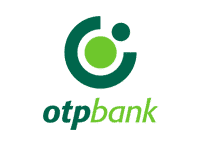




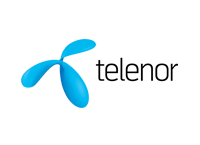
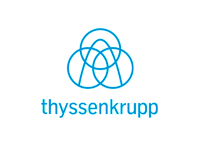
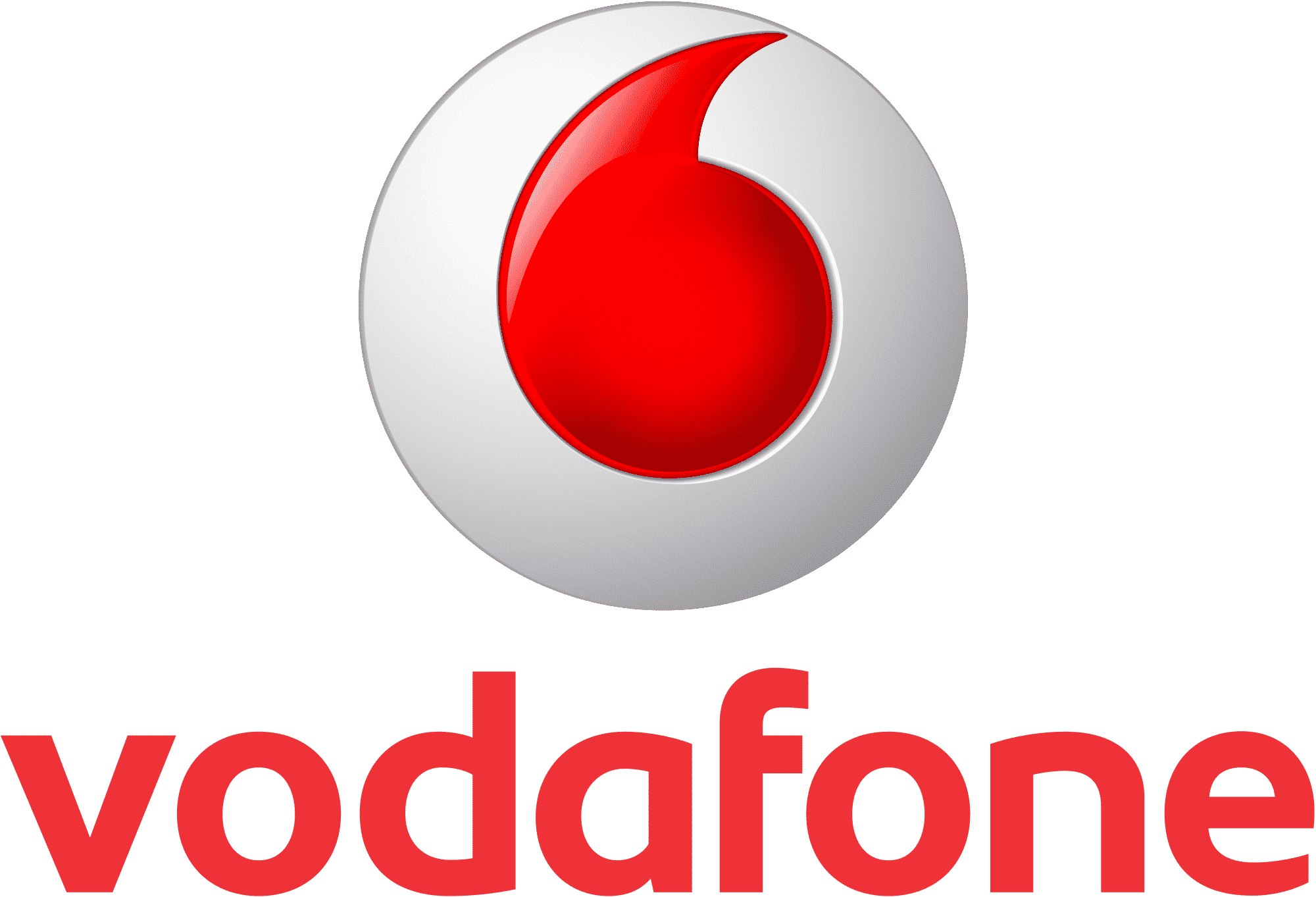
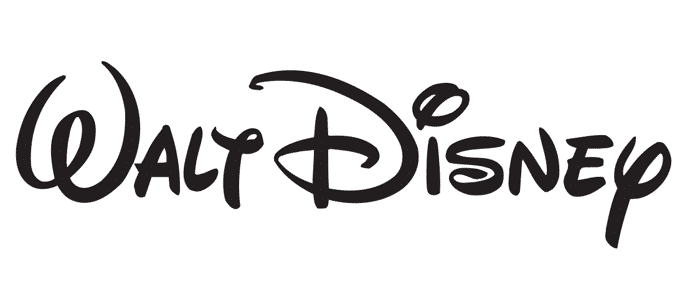
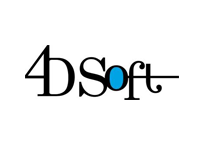
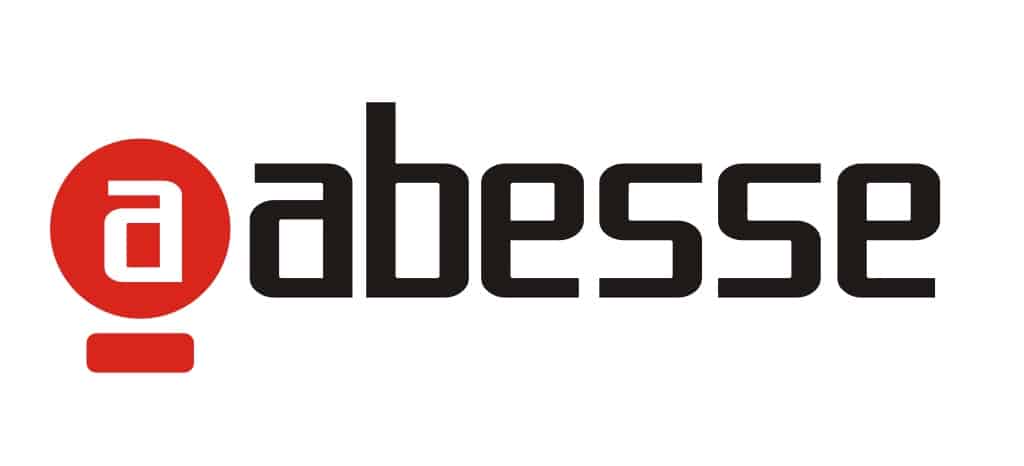
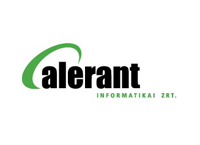
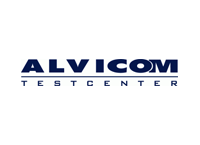

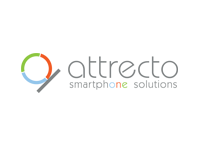
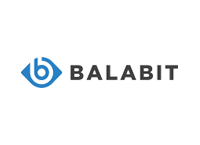

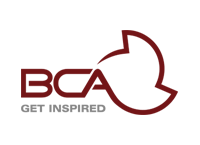
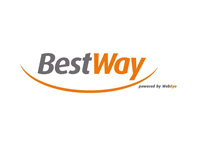
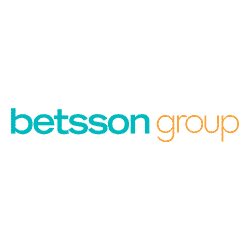
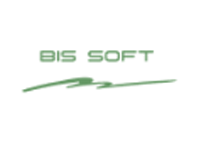
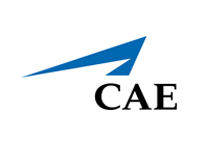
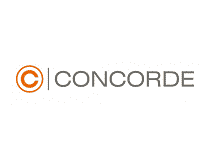
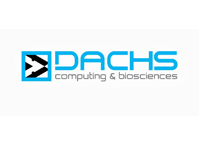
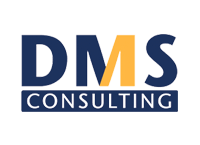
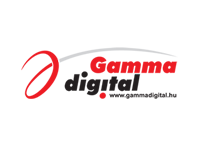
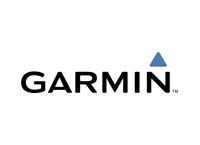


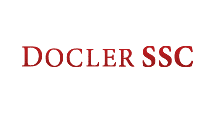

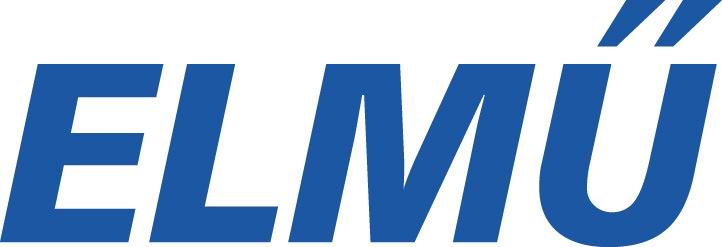
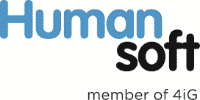



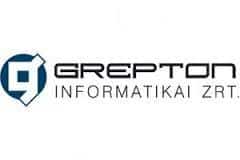
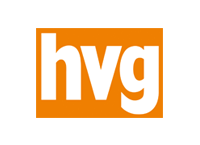

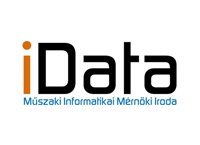
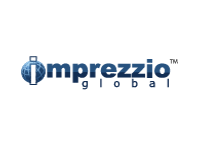
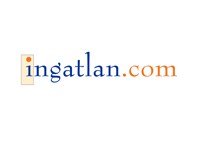
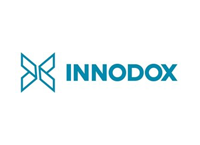
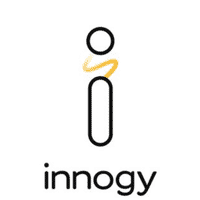

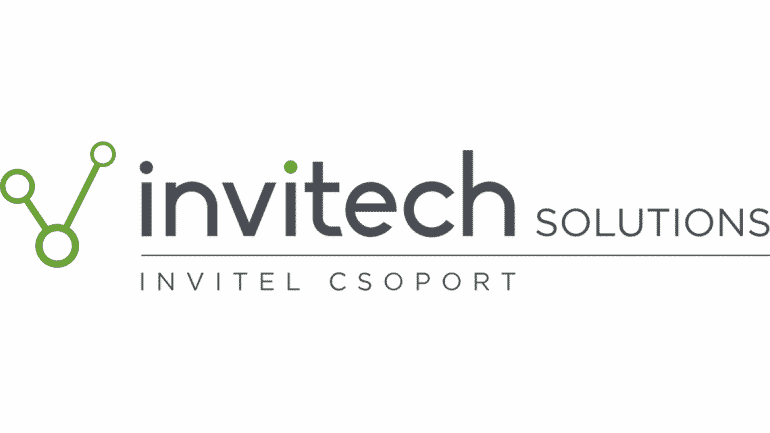

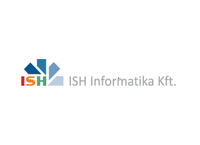
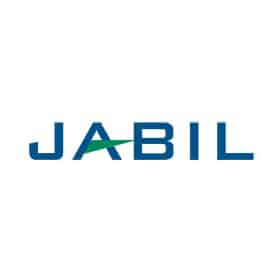
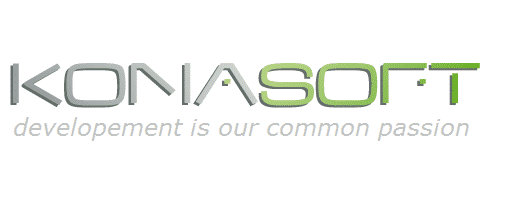
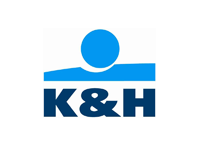
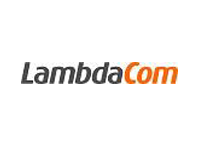

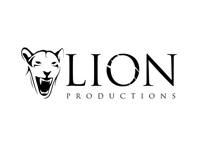
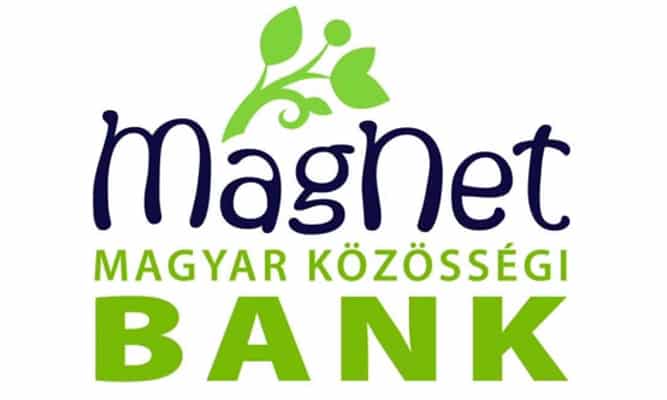
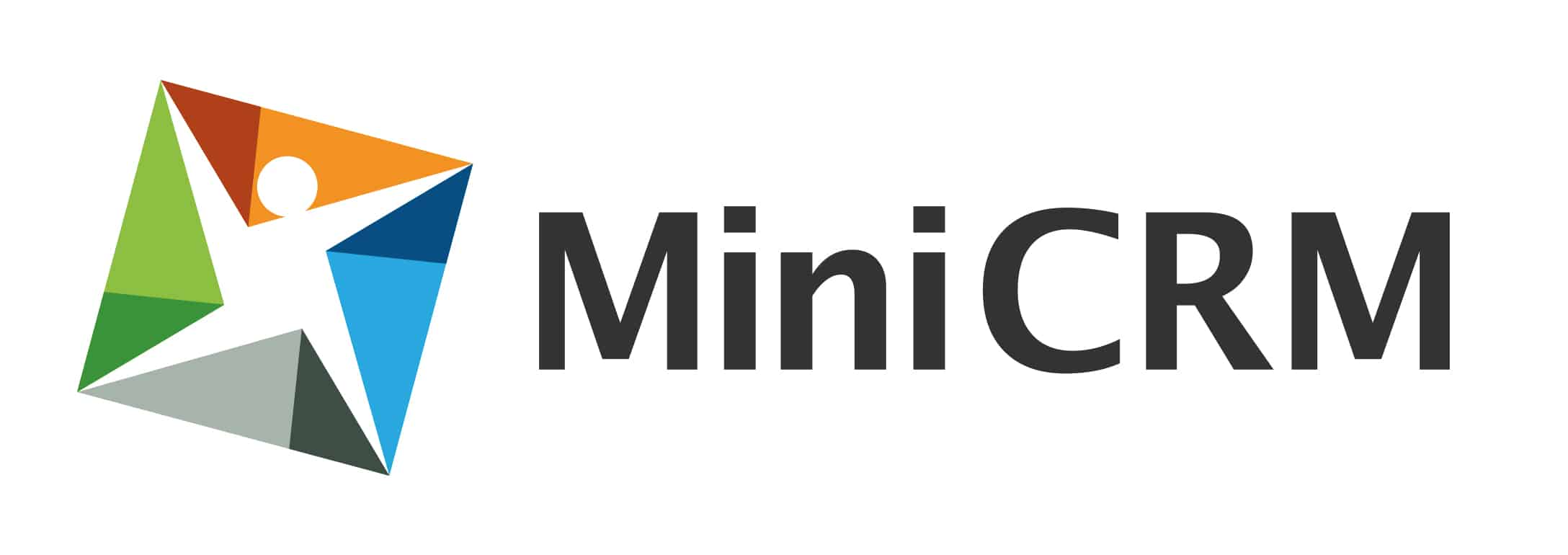




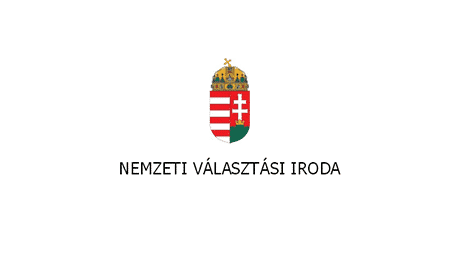

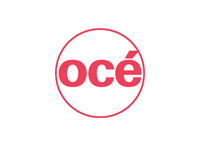

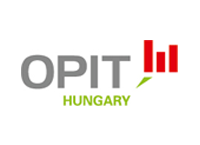
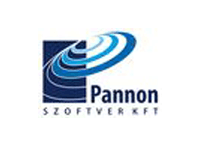
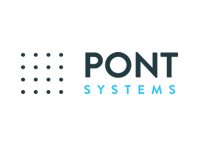
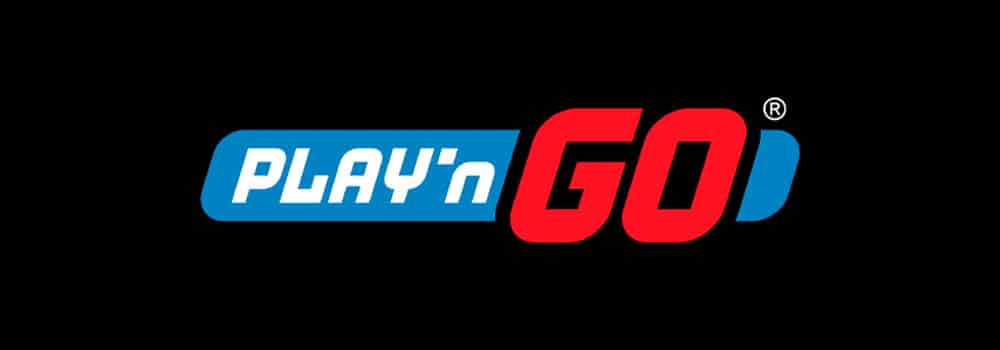


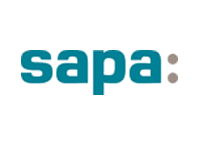

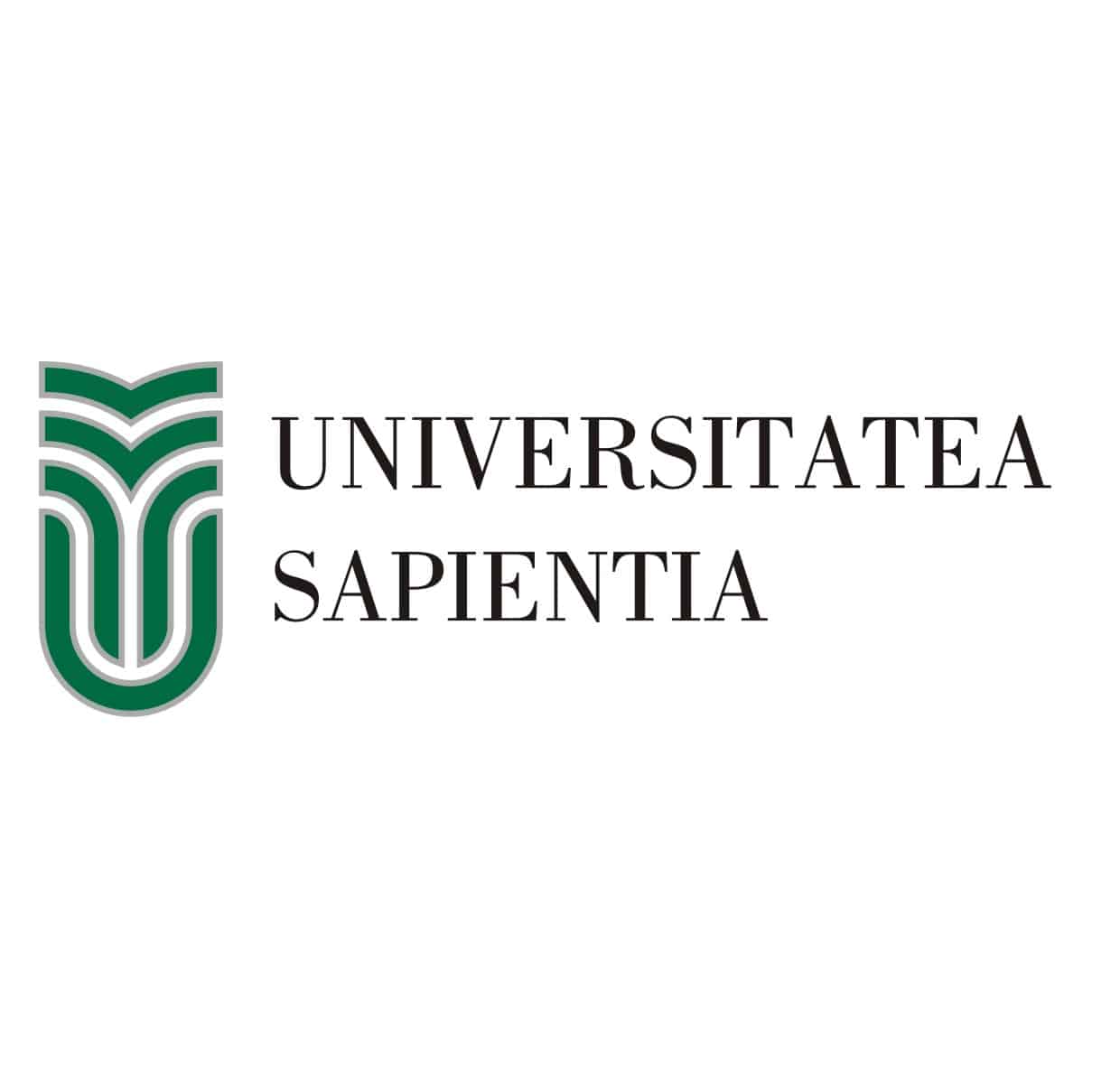

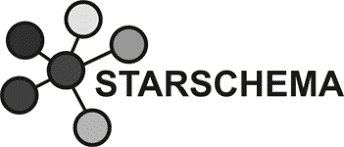







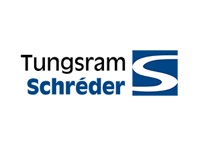

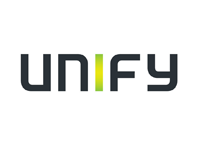
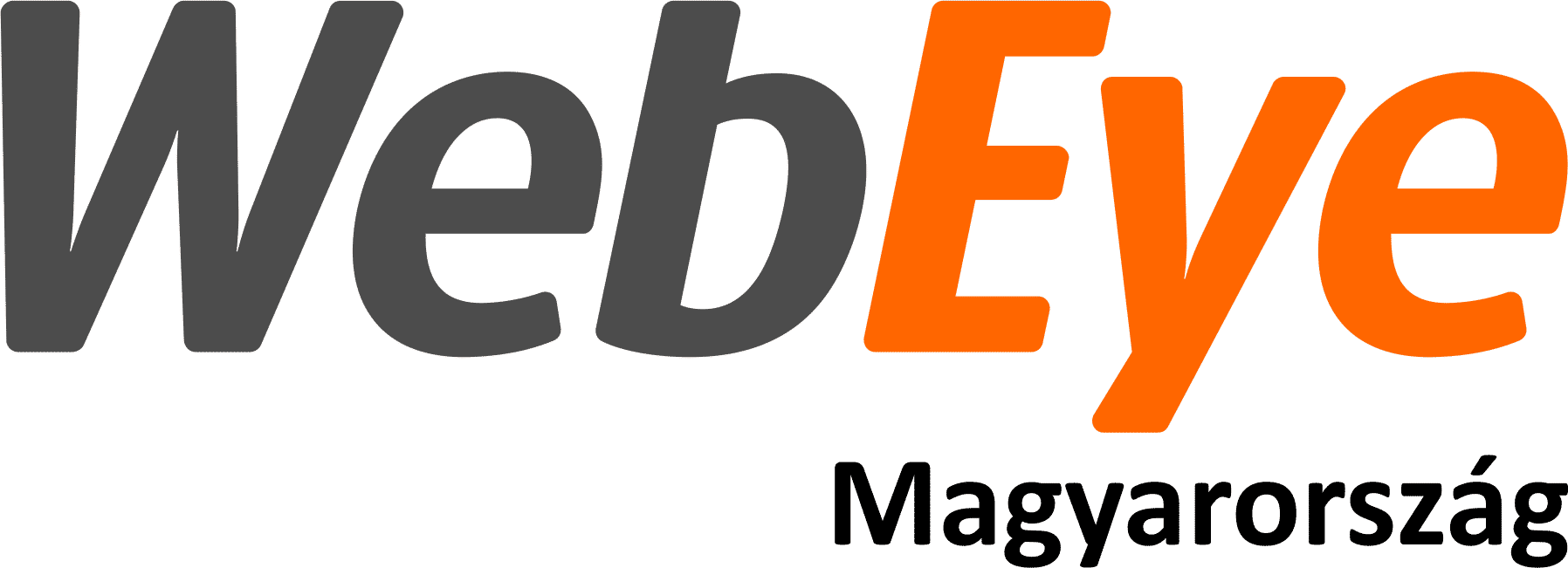

FREQUENTLY ASKED QUESTIONS
Agile is a philosophy and approach to product development that emphasizes flexibility, collaboration, and customer satisfaction. It involves iterative and incremental development, where requirements and solutions evolve through the collaborative effort of self-organizing and cross-functional teams. Agile promotes adaptive planning, evolutionary development, early delivery, and continual improvement, encouraging rapid and flexible response to change. It’s not just limited to software development; agile principles have been successfully applied in various fields such as marketing, legal case management, organizational transformation, and even personal planning. The core of being agile lies in staying true to its principles, which focus on delivering value and adapting to change, rather than strictly adhering to predefined processes or tools.
Agile, as a formal methodology for software development, traces its origins back to the creation of the Agile Manifesto in February 2001. This manifesto was the result of a gathering of seventeen individuals, referred to at the time as lightweight methodologists, who shared a common belief in a more flexible, collaborative approach to software development. They outlined their values in the Agile Manifesto, emphasizing individuals and interactions over processes and tools, working software over comprehensive documentation, customer collaboration over contract negotiation, and responding to change over following a plan. This pivotal moment marked the official beginning of the agile movement, providing a name and a clear set of values for the practices that many in the software development industry were already beginning to adopt.
The benefits of agility, as highlighted in the context, include:
- Higher Productivity and Lower Costs: Agile teams often experience higher productivity due to more efficient work processes and lower costs due to reduced waste and more effective use of resources.
- Improved Employee Engagement and Job Satisfaction: The agile approach promotes more control over work, quicker realization of work results, and closer collaboration, leading to higher job satisfaction and engagement.
- Faster Time to Market: Agile projects tend to release products faster due to the productivity of agile teams and the practice of incremental releases.
- Higher Quality: Many organizations report a reduction in software defects and overall higher quality outcomes with agile methodologies.
- Improved Stakeholder Satisfaction: Agile’s flexibility in managing changing priorities and its emphasis on transparency and alignment between business and technology goals lead to higher stakeholder satisfaction.
However, adopting agility also comes with its challenges, which could be considered drawbacks:
- Transitioning is Challenging: Moving from traditional to agile methodologies requires significant changes in mindset, processes, and organizational culture, which can be difficult.
- Requires Continuous Commitment: Agile methodologies require ongoing commitment from all stakeholders and team members to the principles and practices of agility.
- Risk of Burnout: Without proper management, the iterative nature of agile work and the emphasis on continuous delivery can lead to team burnout.
- Misinterpretation of Flexibility: Sometimes, the flexibility of agile is misinterpreted as a lack of discipline, leading to scope creep or failure to adhere to quality standards.
Overall, while the benefits of agility can significantly enhance project success and organizational efficiency, it’s important to be aware of and manage the potential drawbacks effectively.
Scrum is a framework used in agile project management that emphasizes teamwork, accountability, and iterative progress toward a well-defined goal. Scrum is designed to help teams work together to efficiently handle complex projects by breaking them down into smaller, manageable tasks known as sprints. It’s not a full-blown methodology but rather a framework that provides structure and guidance, allowing teams to adapt and evolve their processes as needed.
According to the Theory of Constraints, bottlenecks are handled by first identifying the system’s capacity-constrained resource (CCR), which is the bottleneck that limits the overall throughput of the system. Once identified, efforts are focused on maximizing the throughput of the CCR. This involves several steps:
- Exploit the Bottleneck: Make sure that the bottleneck resource is utilized to its fullest potential, ensuring it’s not wasted on tasks that do not contribute directly to throughput.
- Subordinate Everything Else: Adjust the work and flow of all non-bottleneck resources to support the bottleneck. This means that other resources may need to work below their capacity to ensure the bottleneck is continuously fed with work and not starved or overloaded.
- Elevate the Bottleneck: If the bottleneck still exists after exploitation and subordination, actions should be taken to increase its capacity. This could involve adding more resources, improving processes, or investing in better tools.
- Identify and Break the Next Bottleneck: After addressing the current bottleneck, the process starts over by identifying and addressing the next bottleneck in the system.
The Theory of Constraints emphasizes a holistic approach to improvement, focusing on the throughput of the entire system rather than optimizing individual components in isolation. By following these steps, organizations can systematically improve their throughput and overall performance.
Yes, Scrum and Kanban can indeed be combined. This approach is often referred to as Scrumban. Scrumban integrates the structure and roles of Scrum with the flow-based approach of Kanban. This combination allows teams to benefit from the predictability and roles defined in Scrum while also enjoying the flexibility and focus on continuous delivery that Kanban offers. Teams can use the Scrum framework to manage their work and roles, while incorporating Kanban principles such as visualizing work, limiting work in progress, and managing flow to improve efficiency and adaptability. This hybrid approach can be particularly useful in environments where priorities shift frequently or when teams are transitioning from Scrum to a more flow-based approach. It’s a way to experiment with both methodologies to achieve sustainable success, as mentioned in the context provided.
AND WHY IS IT BENEFICIAL
FOR YOUR COMPANY?



